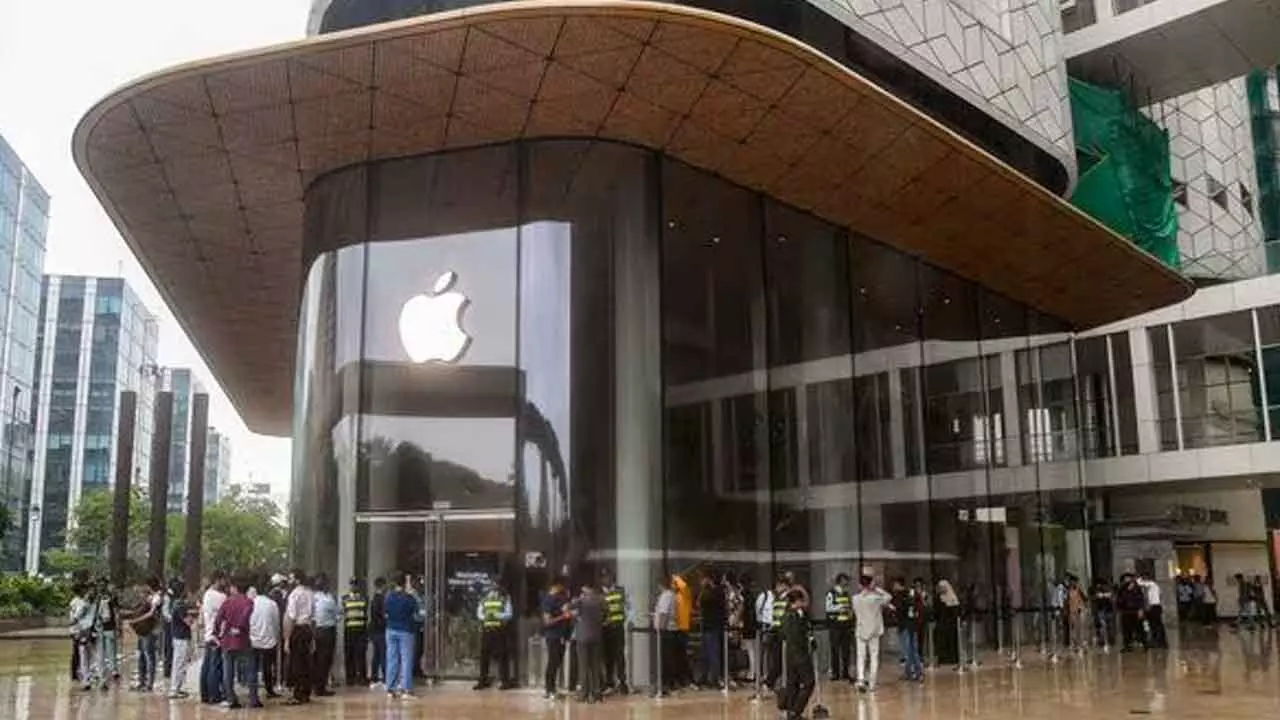Time To Check China’s Bid To Disrupt Apple Manufacturing In India
Time To Check China’s Bid To Disrupt Apple Manufacturing In India

The thaw in ties between India and China in the last few weeks, after a four-and-a-half-year military standoff along the Himalayan border, doesn’t seem to have scaled down hostility in Beijing. Cognizant of India’s reliance on merchandise imports, they are making efforts to undermine the ‘Make in India’ project. Production of Apple in our country is one of the success stories. The government and industry have high expectations from Apple’s manufacturing foray in India—and Beijing is trying to scuttle it. Media reports suggest that Foxconn is facing problems sending its employees to its Apple iPhone factories in India. Shipments of specialized manufacturing equipment meant for India have also been held up in China. This may adversely affect the assembly lines in Tamil Nadu and Karnataka. China’s interference should be viewed not just as an economic issue but also a broader strategic challenge. The disruptions signify Beijing’s unease with New Delhi’s eagerness to capitalise on China Plus policy of MNCs and play a more prominent role in global supply chains. The Centre must adopt a multi-pronged approach; its response must have economic, political, and strategic dimensions. We need to work closely with companies like Apple and Foxconn to ensure seamless operations.
This could involve expediting customs clearances for delayed shipments and providing logistical support to address workforce deployment issues. At the same time, the government must redouble its efforts to develop indigenous capabilities in manufacturing specialized equipment. Initiatives like PLI schemes are already in place; it is time to ensure that they attract more investment and reduce reliance on imports. This can be done by greater ease of doing business. The government should also deepen economic ties with countries like the United States, Japan, South Korea, and European nations for critical imports, and thereby decrease dependence on China. Leveraging diplomacy, Delhi should raise this issue at multilateral forums. Building coalitions with like-minded nations could pressure Beijing to adhere to fair trade practices. Moreover, greater cooperation with ASEAN countries and South Asian neighbours can help collectively resist China’s disruptive trade practices.
Since offence is the best form of defence, India should also focus on China’s weak points. The Strait of Malacca is a busy trade route that links the Indian Ocean with the South China Sea; at its narrowest, it is just 40 miles. This is China’s Achilles’ heel—and they are aware of this.
The navies of the United States and India have the prowess to blockade the strait, thus severely disrupting China’s naval communications and restricting energy imports from the Middle East. Hopefully, there would never be a crisis of such magnitude. Yet, India should spur the Quad—its strategic alliance with the US, Australia, and Japan—to ensure that the four nations’ greater presence in the region. India must also be vigilant against potential cyber and industrial espionage aimed at derailing key projects. Strengthening cybersecurity measures and safeguarding critical infrastructure are essential. Building reserves of essential manufacturing components can mitigate the impact of supply chain disruptions and ensure production continuity. India’s aspirations to emerge as a global manufacturing hub hinge on its ability to effectively tackle various challenges; this includes resistance from China. We can do that.

